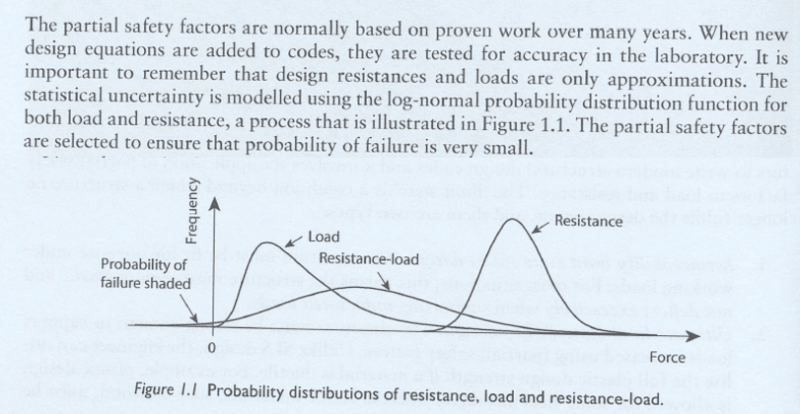Hello,
What is the purpose of using the word 'partial' with safety factors? Is it because different factors are applied to different types of load and materials.
Refer to the attached figure. Can someone please explain this graph to me? What is resistance-load and how was the probability of failure determined?
Best regards,
Su
What is the purpose of using the word 'partial' with safety factors? Is it because different factors are applied to different types of load and materials.
Refer to the attached figure. Can someone please explain this graph to me? What is resistance-load and how was the probability of failure determined?
Best regards,
Su

